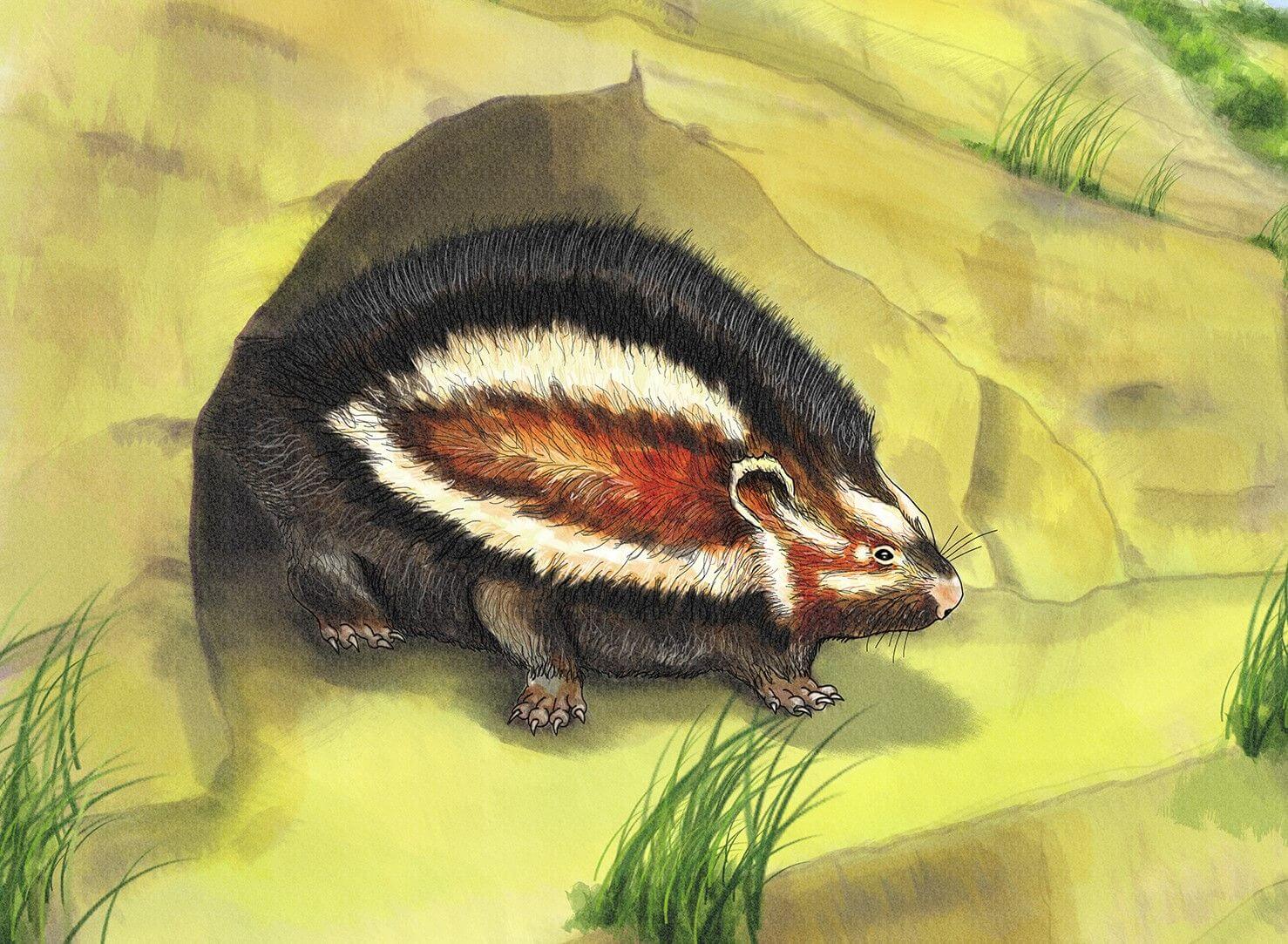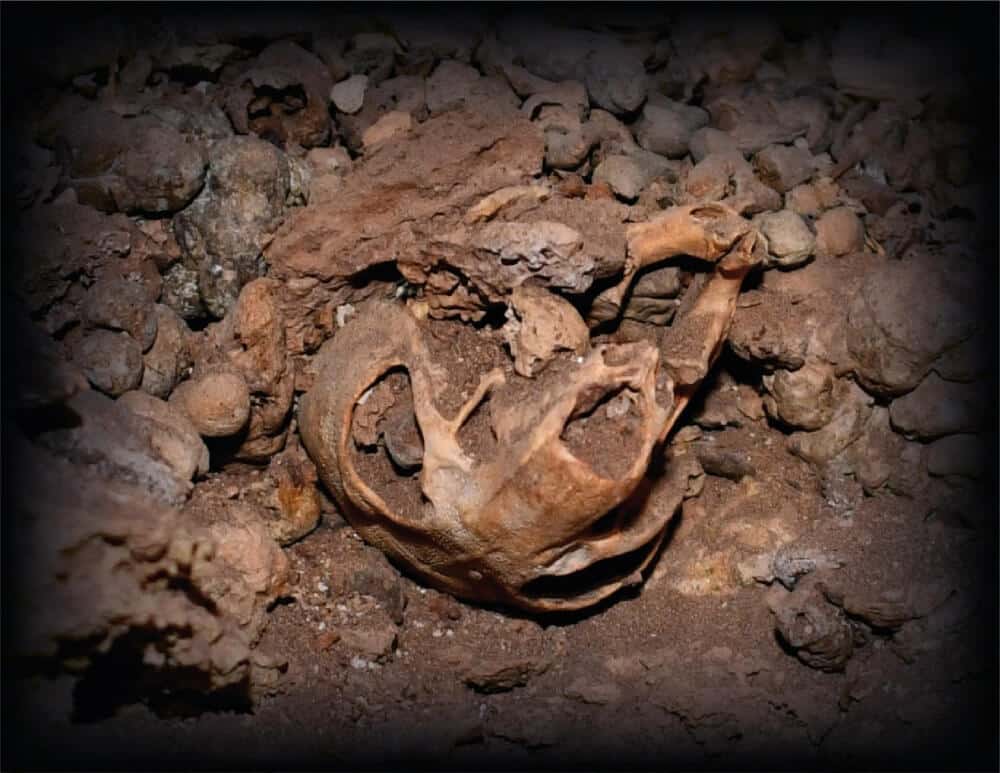The researchers even identified that the genetic closeness indicates a split between the present-day maned rats and those found in the Judean desert approximately 120 years ago in response to environmental changes

A joint announcement by the University of Haifa and the Hebrew University
A rodent that lived about 100 years ago in the Judean Desert reveals evidence of a "climatic corridor" from Africa to Europe, in which a less dry climate prevailed, which may have been the one that helped early humans cross the deserts between the African savannah and the Levant - so claims a new study published in the journal PNAS which he led Dr. Ignacio Lazegbuster from the University of Haifa and the Museum of Nature in Berlin in collaboration with Dr. Uri Davidovich from the Department of Archeology and the Ancient Near East at the Hebrew University and other researchers from Tel Aviv University, the University of Montpellier, the Geological Institute and the Antiquities Authority.
The study describes an assemblage of bones of a subspecies of the maned rat, a large and rare rodent that currently lives in East Africa and was discovered in excavations by the Antiquities Authority and the Hebrew University in 2016. "We were able to extract DNA from the ancient bones in the paleognomics laboratory - the oldest DNA extracted from bones in our region so far. Genetic and morphological analysis suggests that this is a subspecies of the maned rat that currently lives in East Africa. That is, these are very, very close animals, so if today this species lives in humid areas, most likely even 100 years ago the subspecies we found needed the same conditions", say the researchers.

Throughout the last hundreds and even millions of years there was a migration of ancient human species from Africa to the Levant region and from there to Europe. In the earliest migrations, which began as early as 1.8 million years ago, the researchers believe that "ecological corridors" between the African savannah and the Levant allowed these ancient humans to cross the crescent-Arabian deserts that separate the two climate zones. However, when it comes to a migration that took place about 100 thousand years ago, of modern humans, it is not clear to the researchers whether the migration was made possible thanks to such "corridors" or whether some technological leap allowed them to cross the deserts.
The current study was conducted within the framework of the DEADSEA_ECO project funded by the European Science Council (ERC). The project studies the interrelationships between the animals in the Judean desert and humans for the past tens of thousands of years. During their work, the researchers analyzed an assemblage of hundreds of bones from a cave in the south of the Judean Desert, including bones of the maned rat - a large rodent that reaches a weight of XNUMX kg, which currently lives in East Africa, an area with a rainy climate, with dense green vegetation.
Carbon 14 testing was able to date one of the bones to 42 thousand years ago. The rest of the bones could not be dated using this method - that is, they were more than 50 thousand years old. The researchers of the Geological Institute came to the aid of the researchers and were able to date fragments of plaster that were discovered in relation to the bones and with their help extend the lower limit for the appearance of the rodents to 120 thousand years ago. This is how the researchers got the window of time during which these rats lived in the Judean desert.
What further helped in the dating was the DNA that the researchers were able to extract from the bones, thanks to their high level of preservation. Thanks to the DNA and a careful morphological analysis, the researchers were able to characterize the remains as an extinct subspecies of the maned rat living today in East Africa. The researchers even identified that the genetic closeness indicates a split between the maned rats of today and those found in the Judean desert about 120 thousand years ago, in line with the other dating methods. According to them, like its relatives in Africa, this subspecies was also characterized by special defenses against predators, including particularly thick skull bones and poisonous fur. The source of the poison is the bark of a tree that the maned rat chews and applies to absorbent hairs on the sides of its body. "However, more importantly, the genetic closeness allows us to assume that the ancient subspecies also lived in a similar climatic environment to the one it lives in today. And since this species is not characterized by special technological abilities and its mode of spread is through slow movements across climatically similar areas, we assume that the same African species arrived in the Judean Desert through an ancient climatic corridor. It is also reasonable to assume that the humans who migrated at that time from Africa to the Levant were also helped by the same ecological corridor," concluded the researchers.
More of the topic in Hayadan:
